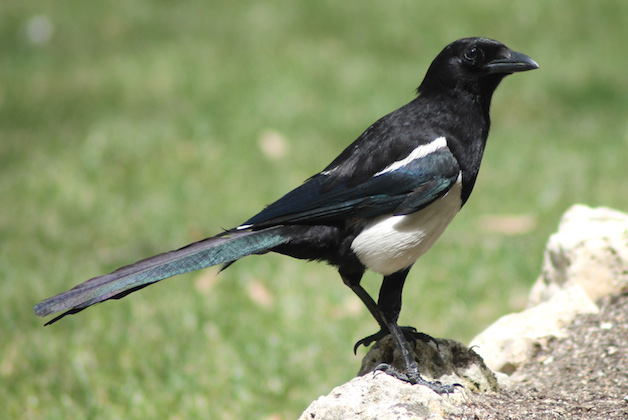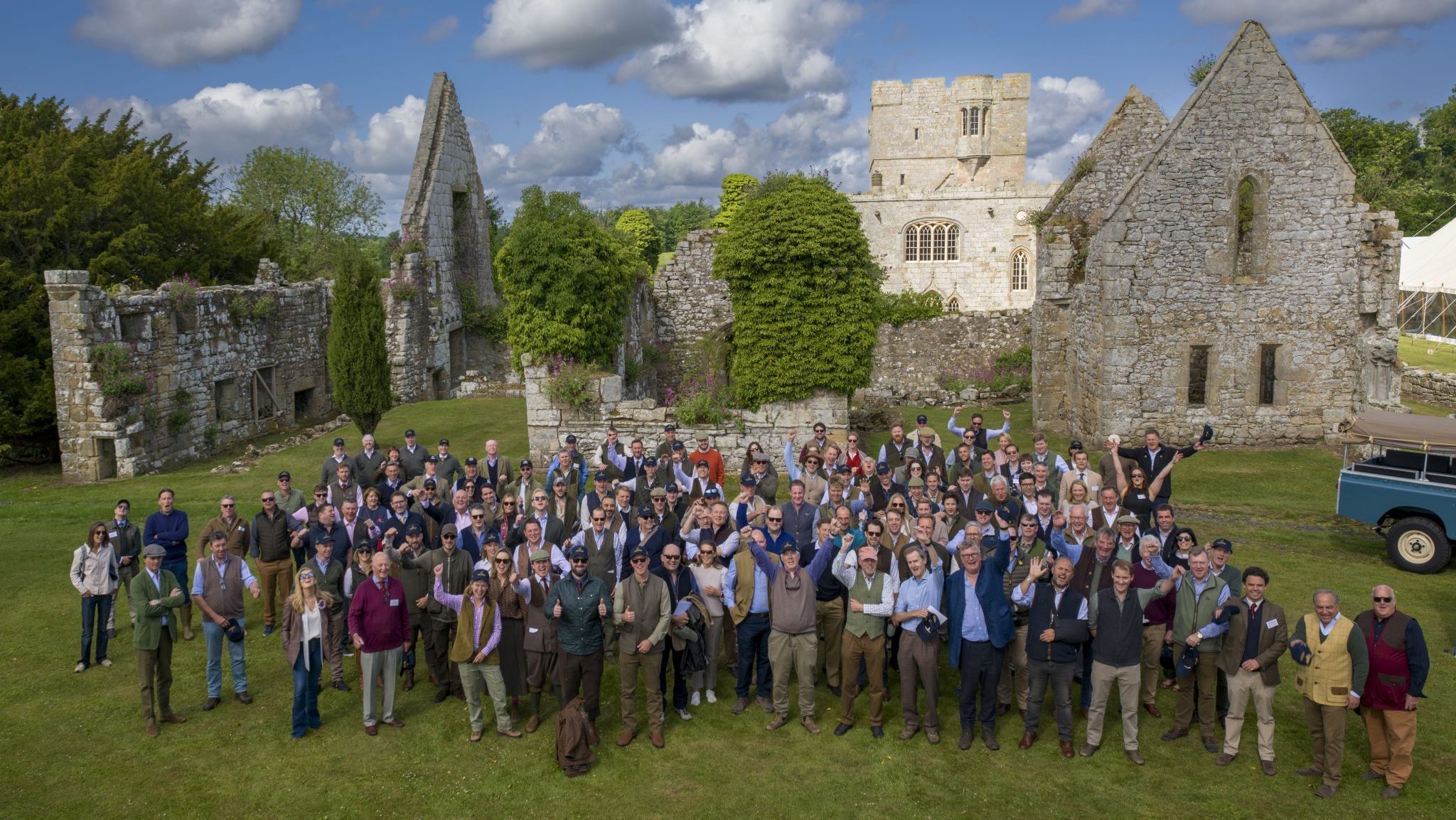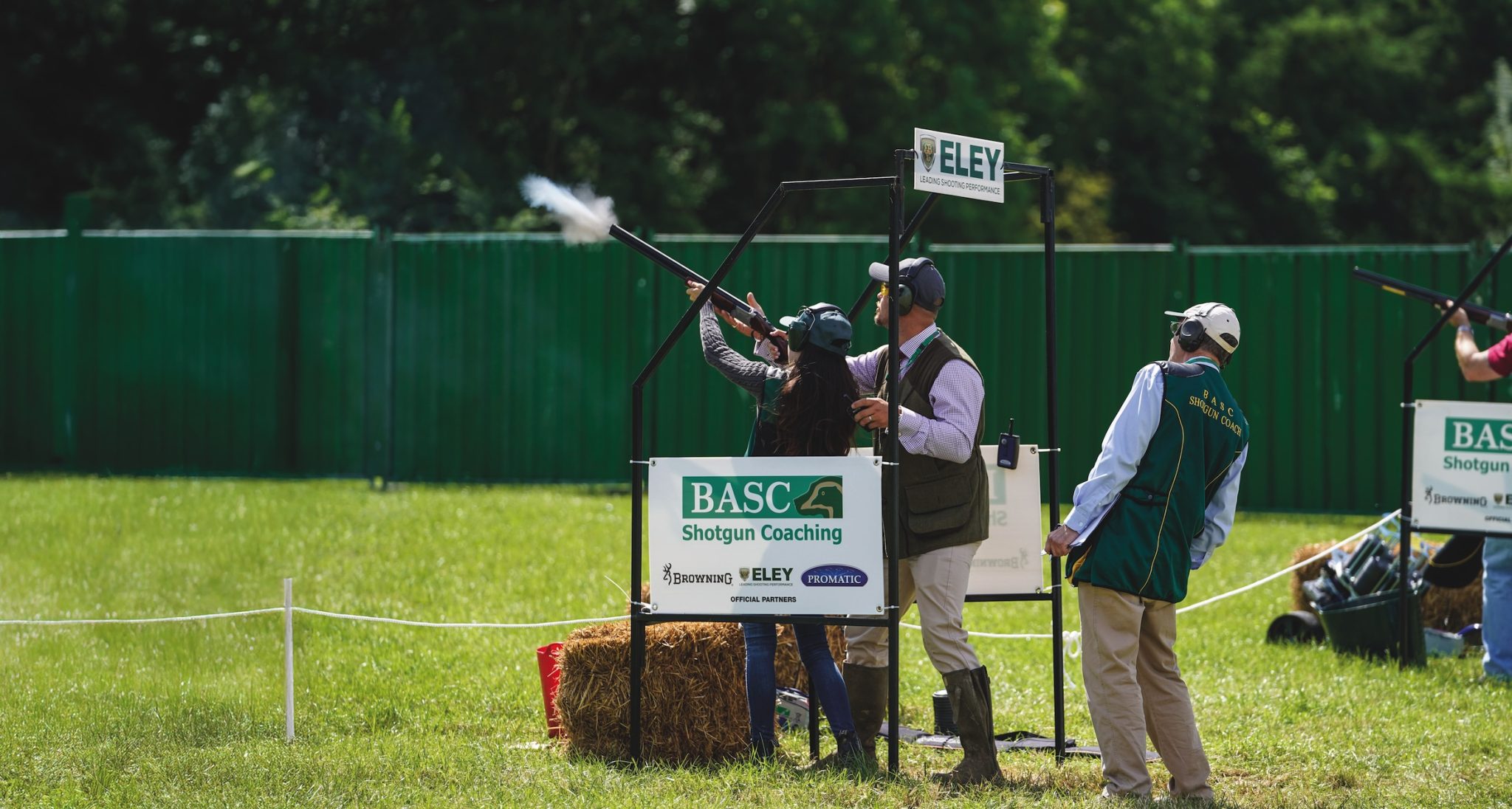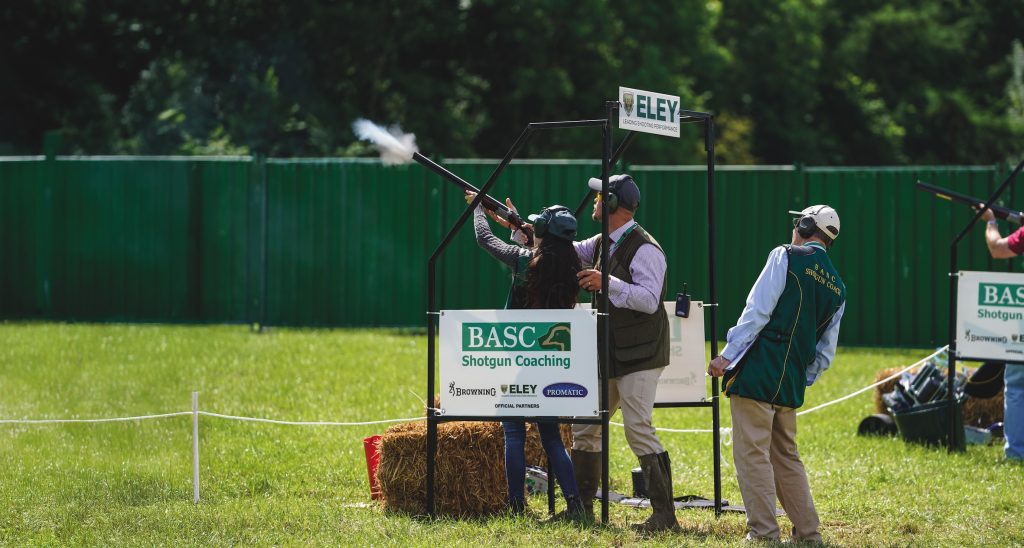News
Why has Natural England introduced new controls for corvids?
Would you like to speak to our readers? We offer sponsored articles and advertising to put you in front of our audience. Find out more. A European magpie ('Pica pica') in Madrid (Spain).
A European magpie ('Pica pica') in Madrid (Spain).
Things had calmed down after Natural England helped stoke anger over the general licences two years ago, but it has heaped coal back on the fire.
Back then it was Wild Justice that threw a spanner in the works, helping to strip vital protection from endangered curlew, lapwing and other red-listed birds during the nesting season, leaving them at the mercy of carrion crows and magpies. The group’s legal action against the licences – just as the birds started breeding in 2019 – sent Natural England (NE) into a spin. The governmental body suspended permission to trap and shoot corvids, provoking outrage among shooters, conservationists, farmers and the public.
The outcry over NE’s handling of the licensing procedure resulted in Defra stepping in to help sort out the mess. Lengthy consultations followed and new ‘fit for purpose’ general licences were issued. Calm descended once more on the countryside. Or so we thought.
Crows and magpies no longer controlled
Now Natural England says it will no longer allow crows and magpies to be controlled to protect birds not on the red list. This includes wild pheasants and red-leg partridges. Shooters, gamekeepers, countryside managers and the public have yet to be told why corvids have again received protection at the expense of other birds. This remains a mystery because NE has given no reason for its change in policy in this regard.
Surely the only justification for protecting crows would be if numbers were in decline and the species under threat? But they’re not.
By refusing control licences many more crows and magpies will now be at large in the countryside – inflicting untold extra predation on red-listed species. Some fragile nesting areas could be lost forever – and not just those on the endangered list. One in four UK bird species is now on the critical list and others are inching ever closer to it.
Shoots that don’t release gamebirds but instead nurture wild stock will be severely hampered in their efforts to maintain numbers and provide a shootable surplus. Given bad weather this hatching season, increased predation by crows will have a serious impact on such operations. The consequences are obvious. Had these shoots been told earlier of NE’s intentions some might have been able to catch up and pen wild birds, whereupon they would’ve been classed as livestock by NE and now entitled to protection from, wait for it, crows.
Lapwing and curlew nest each spring here on the farm and the battle to keep crows away from the precious nests is constant: the onslaught starts at first light and doesn’t let up until dark. After that the threat comes from foxes, which we can do something about, and badgers, which we can’t.
As well as waders we are blessed with other red-listers: skylark, yellowhammers, song thrush, mistle thrush, tree and house sparrows. Because of that NE will allow the use of a gun and live catch traps to reduce crow and magpie numbers. So our ‘lesser’ songbirds – blackbirds, wrens, finches and tits – will continue to benefit from whatever protection we give the others.
But what of the large woodlands surrounding us? If their owners and full-time gamekeepers can’t lay claim to having threatened species nesting within, then they can’t trap or shoot. In other words, the woods will become reservoirs for untouchable crows, safe havens from which to launch their daily attacks. I won’t be alone in dreading the spectacle of even more corvids coming from roost to quarter the fields and hedgerows in search of an easier meal come springtime.
Is Natural England acting lawfully?
You only have to read the terms of the general licences to know severe penalties await anyone who chooses to ignore the law and act illegally. But if NE is prepared to pay scant regard to an agreed licensing policy, why should the rest of us toe the line and dance to its tune? If its actions were to be deemed unlawful, what then? Would this EU-based legislation be dead in the water and deemed not fit for purpose?
Only by holding Natural England to account will we find out just why destructive corvids continue to be held in such high esteem by some policymakers in Westminster. I’m not one for conspiracy theories but the timing and somewhat mischievous manner in which this has come about again has certainly something of a Wild Justice whiff to it. Time will tell.
Related articles
News
Duke's Challenge raises record-breaking £685,000 for GWCT
The shooting community has backed wildlife conservation in spectacular fashion, raising a record-breaking £685,000 for GWCT
By Time Well Spent
News
‘So what exactly do you lot do, then?’
You’d be surprised how many projects staff and volunteers deliver, as well as BASC’s vital work helping members, says Conor O’Gorman
By Time Well Spent
Manage Consent
To provide the best experiences, we use technologies like cookies to store and/or access device information. Consenting to these technologies will allow us to process data such as browsing behavior or unique IDs on this site. Not consenting or withdrawing consent, may adversely affect certain features and functions.
Functional Always active
The technical storage or access is strictly necessary for the legitimate purpose of enabling the use of a specific service explicitly requested by the subscriber or user, or for the sole purpose of carrying out the transmission of a communication over an electronic communications network.
Preferences
The technical storage or access is necessary for the legitimate purpose of storing preferences that are not requested by the subscriber or user.
Statistics
The technical storage or access that is used exclusively for statistical purposes.
The technical storage or access that is used exclusively for anonymous statistical purposes. Without a subpoena, voluntary compliance on the part of your Internet Service Provider, or additional records from a third party, information stored or retrieved for this purpose alone cannot usually be used to identify you.
Marketing
The technical storage or access is required to create user profiles to send advertising, or to track the user on a website or across several websites for similar marketing purposes.





